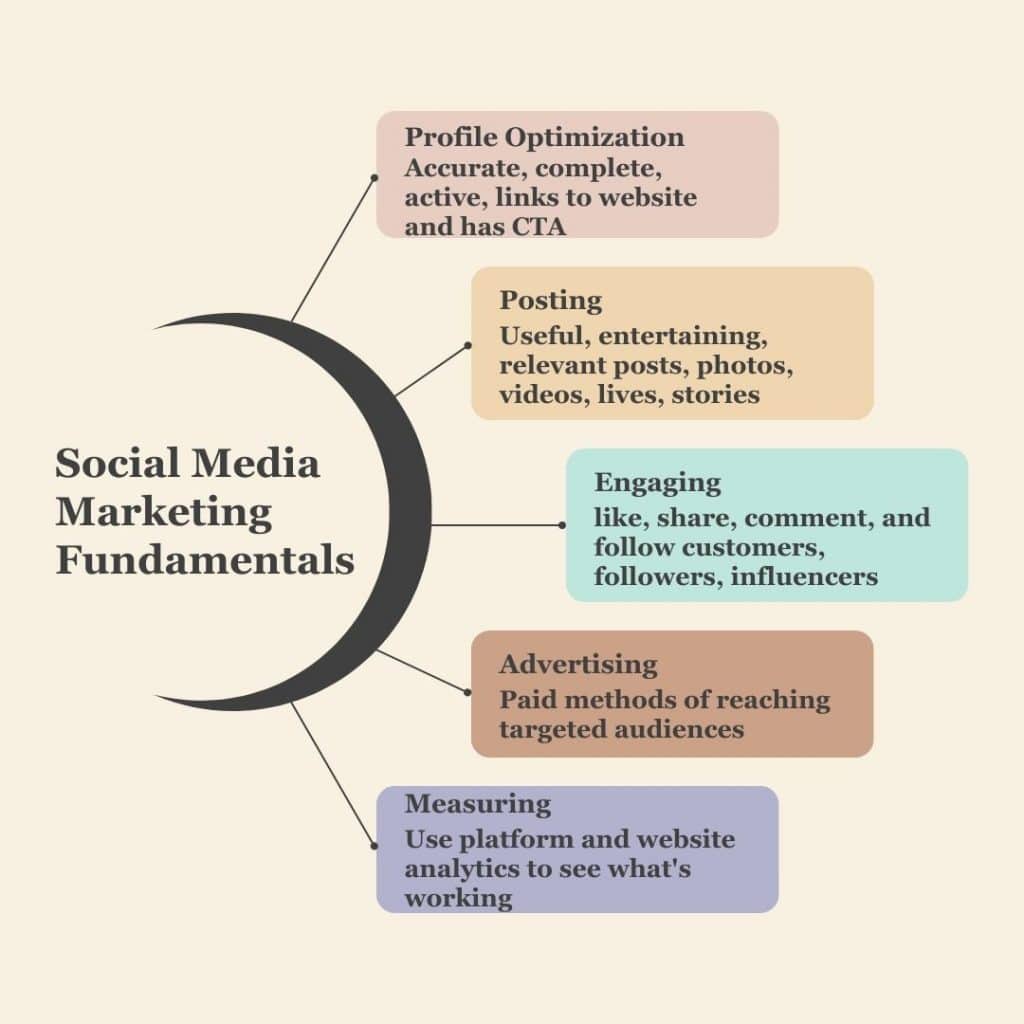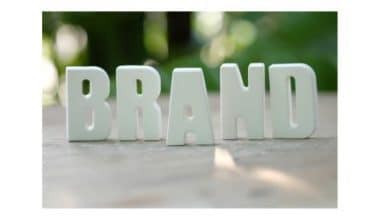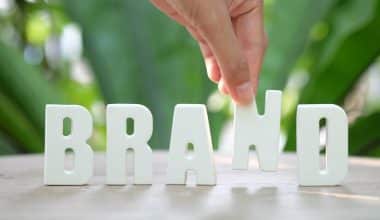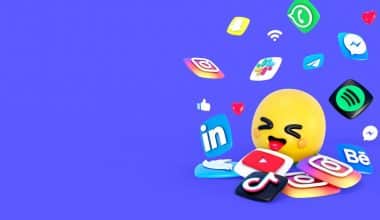Due to the nature of the marketplace, building a solid brand is very necessary for your brand’s success. A brand’s assets play a key role in molding its identity, promoting consumer trust, and promoting growth. A brand’s assets include characteristics that are peculiar to that particular brand. In this article, I will be showing you 15 examples of brand assets that have proven to help strengthen and establish a brand’s position in the market. These examples are provided after I carried out extensive research. Business Yield Consult also used so many of these examples to make its brand stand out.
You should create designs that make your brand different from others. Some of the things you can use to differentiate your brand from others include logos and catchphrases, a digital presence, and customer experiences. These assets are the solid foundations of brand recognition and loyalty.
Key Points
- Brand assets are the unique characteristics and components that represent and show off your business or brand to the public.
- Your brand identity informs clients about your company, what you represent, and what the brand can do for them.
- The types of brand assets that your company chooses to use will depend on your specific goals, target audience, and industry.
- There are various popular types of assets for you to pick from, a lot of which fall under the realms of visual, digital, sonic, intellectual, and experiential brand assets
Brand Assets Overview
So, brand assets are the unique characteristics and components that represent and show off your business or brand to the public. They can be tangible characteristics, such as logos or websites, or intangible, and some of these include the company or the company’s objectives. When you add all these brand assets, you form a unique brand image and mold the particular brand identity of your business.
When you carefully plan out the blueprint of your brand and always use your brand assets, you can create a recognizable brand experience that is unique, makes you different from all other brands in the market, and simultaneously attracts your ideal audience.
Furthermore, allow me to remind you that not all brand assets stand out overnight. To become unique and different, you must be consistent and keep pushing, because consistent effort firmly establishes these assets in clients’ minds.
We call things that become instantly recognizable and linked to your business “unique brand assets.”
Your brand identity informs clients about your company, what you represent, and what the brand can do for them. It’s why clients relate to Coca-Cola as compared to how they relate to Pepsi. While both products may be similar, the brand story is very different.
Continue reading to learn more about what brand assets entail and how your brand can use them to establish a fascinating and consistent brand identity.
Brand Assets Management
BMS, or brand asset management, is to make storing, managing, and distributing digital brand resources simple.
Some of the ways brand assets management can make things easy for you include:
- Locate and use old images
- Quickly distribute assets
- Look for specific images by utilizing keywords
- You’d never be short on storage.
- Regulate who can access assets
The term “brand asset management” also means
Brand management software (BMS) provides you with a perfect place for all your brand assets by working as a single solution.
Element of Brand Assets
You have the freedom to decide what form or type of brand assets your company chooses to use. Before doing so, one should keep in mind the particular goals, target audience, and industry.
Nonetheless, there are various popular types of assets for you to pick from, a lot of which fall under the realms of visual, digital, sonic, intellectual, and experiential brand assets. Allow me to show you 15 examples of brand assets to help you create your own.
In this piece, we’re going to discover various examples of brand assets that you can create, why they’re important, and how to use them to become the Coke in your trade.
13 Examples of Brand Assets
The types of brand assets that your company chooses to use will depend on your specific goals, target audience, and industry. However, there are several common types of assets for you to consider, most of which fall in the realms of visual, digital, sonic, intellectual, and experiential brand assets. Let’s discuss the 15 most common types of brand assets to help you create your own.
- Brand tag name
- Logos
- Brand fonts
- Brand colors
- Website
- Social media profiles
- Mobile apps
- Brand voice
- Catchphrase/ Tagline
- Sound effects
- Theme music
- Customer service
- Product packaging
#1. Brand Tag/Name
Because a brand name is normally the first thing your audience gets to know before getting to know what the company does, it’s the core of a brand’s identity.
A powerful brand name can help an organization be unique and different from what everyone gets to see in the market. This creates a trustworthy brand your clients can rely on, thereby creating a sense of loyalty.
#2. Logos
Graphic brand assets are important in creating a consistent visual identity, creating brand recognition, and providing clients with a sense of your brand’s personality without them having to carry out extensive research about your company. Your logo or trademark, is one of the most powerful visual brand assets.
Whether it’s a funny doodle or a sophisticated graphic design, a logo displays brand personality as compared to any other form of image or visual you might decide to use.
#3. Brand Fonts
Although not most people notice this because it can be very subtle and can have a calm impact compared to other visual brand assets, they still play an important function in solidifying brand recognition and transmitting important information about a brand’s personality and value proposition.
#4. Brand Colors
When it comes to certain industries like consulting or medicine in which clients do not have the understanding to differentiate between good and bad services, visual brand assets like brand colors are useful for distinguishing your business as well as making it unique.
#5. Website
Building trust online can be very difficult because internet users or customers have become increasingly watchful and careful to protect themselves against scammers. Digital brand assets are the strategies you use to symbolize your business online, connect with clients, and develop brand trust.
Establishing a smooth brand experience across several digital channels will convince consumers that you run a real and legitimate business.
More so, if you want your business to be successful, you must have a working website. This digital brand asset doesn’t just provide your new business with credibility; it also acts as a center for all your digital marketing and advertising.
#6. Social Media Presence
Having functioning social media profiles and an active presence online solidifies trust among your clients and prospects. A customer might be rolling through social media and come across you and might find something they like.
Therefore, creating a social media presence on channels like Instagram, Twitter, and TikTok can act as powerful digital brand assets. These platforms can help you create brand loyalty, boost brand retention, and display your brand’s identity.

#7. Mobile Apps
Having a mobile app is a very popular tool amongst businesses in recent times to enable brands to increase brand engagement by providing customers with direct contact with your business.
While increasing engagement and awareness, these apps act as a type of free marketing tool for your brand. You can use push notifications to remind customers of sales, upcoming events, and other needed information that improves your brand’s services.
#8. Brand Voice/Tone
Another example of brand assets has to do with your tone or voice. The style in which the brand communicates with its clients is very important. The way you address your audience matters, and therefore, you must ensure you know the demographics of your audience when building your brand voice.
The brand’s voice can be funny, formal, or authoritative. You must choose a consistent tone of voice because this is very critical to establishing a precedent for the kind of experience that your client can understand when interacting with your business.
#9. Catchphrase/Tagline
A catchphrase or tagline is a brief and memorable phrase or slogan that conveys the importance of your company’s value proposition, identity, or goal. It’s a strong brand asset because it can contain the core information of your brand and help it be unique and different from other brands in the market.
You have to be very creative when creating your taglines because a good tagline creates an emotional connection with your target audience. It helps clients remember your brand, identify its products or services, and link it with a particular image or experience.
Let’s take Red Bull for example. They have a very interesting catchphrase, which is “Red Bull gives you wings.” This means that with Red Bull, what you feared doing before, you can do now.
This catchphrase resonates so well with the public at large. Red Bull is an energy drink and they are telling you that if you take it, you can do the unimaginable.
#10. Sound effects
These are unique sounds people can use to connect with your brand. A very popular sound effect everyone can relate to is the Netflix “ta-dum” sound effect, which is a good example of a Sonic brand asset.
This is a short, unique sound that you hear when you open the Netflix app or choose to watch a Netflix Original. I love that sound. The sound effects are so catchy that it has become a cultural sensation, with people creating memes and remaking this piece.
#11. Theme Song
Sonic branding is very important if you use audio platforms, such as podcasts or video content, to connect with your audience. You can use theme music to showcase your brand and establish a unique audio personality that clients can relate to.
You can imagine the suspenseful clanging of a toy piano that initiates a new episode of the podcast Serial. There’s also the doom-ridden Gregorian chant that plays during the commencement of The White Lotus, and you’ll appreciate the capacity of an incredible theme song.

#12. Customer service
Without customer service, how would a brand function? So customer service is a very integral part of making a brand successful. This brand asset can either make a brand or break it. It involves all the interactions that a client has with an organization, from pre-purchase inquiries to providing after-purchase support.
Your brand’s commitment to great customer service can establish a solid emotional connection with your clients and make your brand unique from other brands in the market.
#13. Product packaging
How you package your products is also essential for brand success. You should check out several unboxing videos on YouTube. I find some unboxing videos so satisfying. When you watch some of these products unbox, you’ll understand that this is a powerful brand asset.
Bottom Line
Building and maintaining a brand’s personality relies heavily on the use of brand assets.
These 13 examples we just covered were provided by us at Business Yield and they were provided based on extensive research and have also worked for us.
Related Posts
BRAND RESONANCE: Elevating Brand Resonance Through Experiential Engagement
28 Popular Clothing Brands For Teens In 2024
The Top 2024 Brand Mention Tools (All You Need)
Top 12 Digital PR Agencies Worldwide + Free Strategies






